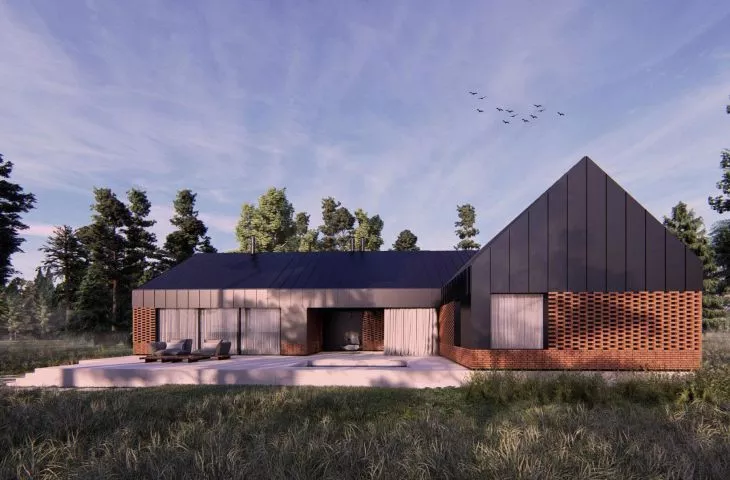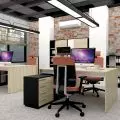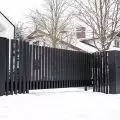Brick has become a fashionable element of interior design - in old houses and apartments the original brick walls are exposed, in newer ones they are built from scratch. Sometimes these are new bricks, sometimes recycled, which only adds to their character. Nowadays, more and more examples of the use of brick can also be seen in house designs - there is a return to the traditional brick facade. However, today's designs are not without a modern twist!
The house represents a place of escape from the big city, one where you can take refuge, cut off from the noise and hustle and bustle of the city. However, the architects at {tag:pracownie} did not forget the investor's previous place of residence and designed a modern house in a picturesque area, adding a few traditional elements.
Basia Hyjek: What were the investor's requirements and needs?
Anna Korzeniowska: The main requirement, or rather the investor's desire, was to create a house where one feels and remembers family roots. After living in the capital for several years, this project was to be an escape to the countryside.
Basia: What was the main inspiration for this project?
Anna: The landscape of the Świętokrzyskie lands is literally painted with colorful soils. So we decided to reach back to the industrial traditions of Kielce, the processing of mineral resources from the rich deposits found here. Brick and steel - as materials included in the project seemed an obvious choice.
In cooperation with a local brick factory, we used hand-formed brick. We gave a contemporary touch to the traditional material by forming the facades with openwork. This is not just an aesthetic treatment - partly behind this "cover" there are glazed areas, e.g. passageways or characteristic recesses, which extend beyond the main outline of the walls, and which provide additional, intimate space, e.g. an outdoor shower area. The facade, shaped in this way, introduces a captivating play of light and shadows into the house.
The whole opens to the courtyard on the south side
© mjuut
Basia: What is the functional layout of the interior of the house?
Anna: The house, on a plan resembling the letter "C", has three main segments:
1. the living area, is located in the west wing. We were particularly keen on the view connection of the north-south axis, since the areas to the north are to remain undeveloped, thus giving panoramic openings.
2. the middle body is technical and auxiliary rooms.
3. the east wing is a private space, concentrating living rooms, dressing rooms and bathrooms.
The whole opens to the courtyard on the south side.
Basia: What are you particularly pleased with in this project?
Anna: After consultations with the Investor, we determined that he had no desire for the building to use alternative energy saving systems. We did not anticipate installing photovoltaic batteries, solar panels or modern heating systems like heat pumps. However, we are sensitive to the environment and nevertheless decided to reduce the primary energy of the building - not in the index sense but in the literal sense.
We were particularly keen on the view connection of the north-south axis, since the land to the north is to remain undeveloped, thus providing panoramic openings
© mjuut
We wanted to find building materials whose primary energy is low and use them to create the body of the building. It is obvious that the production process of building materials always carries an energy expenditure, but the lower the primary energy of the material on the construction site, the more we protect the environment. This awareness led us to look for materials that are local, that is, produced in close proximity to the construction site.
We do not claim that our project is energy efficient, nor is it environmentally friendly. It was not intended to be so. It was, however, designed with environmental awareness. When the investor asked us for large glazing and a swimming pool, we already knew how to combine these elements to lower final energy.





























